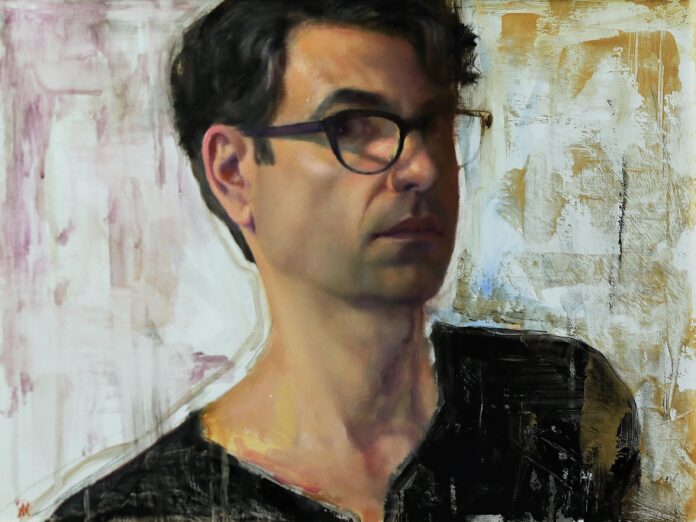by Peter Trippi
Luis Alvarez Roure (b. 1976) is a gifted practitioner of two art forms. Born in Puerto Rico and now a resident of New Jersey, he is a classically trained pianist who studied under the Cuban-American pedagogue Germán Diez, himself a disciple of the Chilean master Claudio Arrau (1903–1991). In 2000 it was music that drew Roure northward to begin coursework toward a master’s degree at Hunter College (City University of New York).
In fact, Roure had been making visual art since childhood, so it was only natural that he would enjoy visiting New York’s many great art museums, especially the Metropolitan. His experiences in their galleries got him wanting to paint his own pictures, however, and so, just as he was completing his music degree in 2002, Roure began taking classes at the Art Students League of New York. There he studied with the late Nelson Shanks and went on to create not only commissioned portraits, but also figure and still life paintings.
At the heart of Roure’s virtuosity are two strengths. First, he has perfected his draftsmanship through constant sketching of tonal studies taken directly from the paintings of past masters. When you visit the Metropolitan next, you may well see Roure gazing closely at a Rembrandt, Repin, or Sargent, though he sometimes draws from high-resolution photographs if the original is inconveniently located. For these drawings, Roure says he concentrates “on the value relationships without getting distracted by color intensity and hues. Value is the most dominant aspect of a painting, and therefore should be studied extensively.”
Roure’s second strength is the empathy he so evidently feels with his sitters. Their expressions and poses convey the sense of life that comes not only through observation, but also through an intuitive connection between people. This, too, owes much to Roure’s admiration of historical masterworks: “When I am in front of a portrait from the past, I feel an intimate connection with the subject, so strong and real, like I am in front of that person. I feel I know that person and can see through his or her soul. This idea drives me to create images that one day will be in front of other people, people who will experience the same, who will connect with the souls of the sitters I have portrayed.”
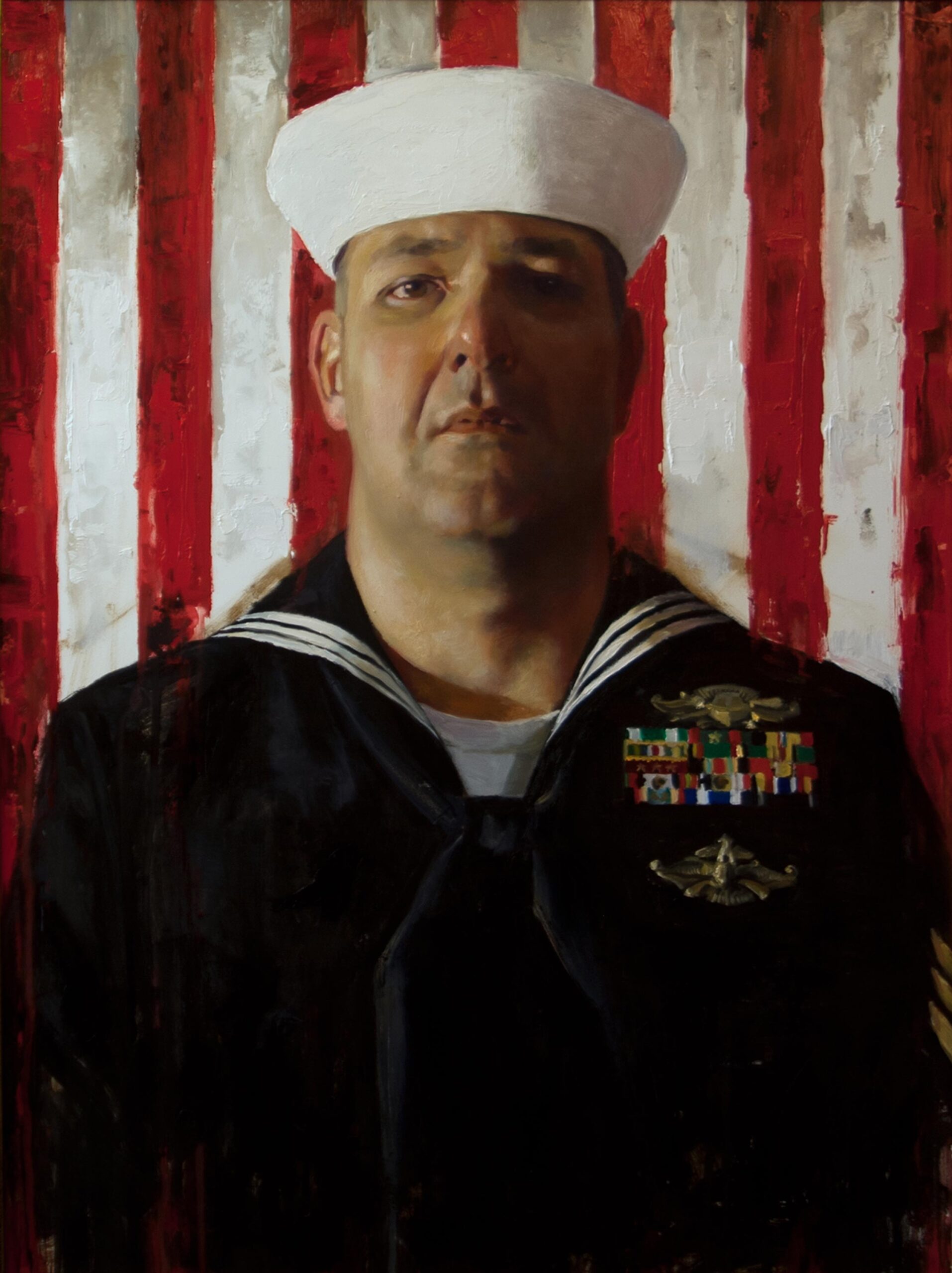
This capacity for soulfulness comes through in Roure’s haunting Three Visits triptych. In 2003, his beloved grandmother developed pulmonary fibrosis, from which she ultimately died three years later. In 2017, Roure decided to use his own sketches, photographs, and memories of her to create this series depicting her decline. In an art world teeming with images of attractive young people, recording end-of-life journeys is all too rare; here viewers see the sitter’s decline in physical terms while also sensing the artist’s sadness, without a reliance on pathos or drama.
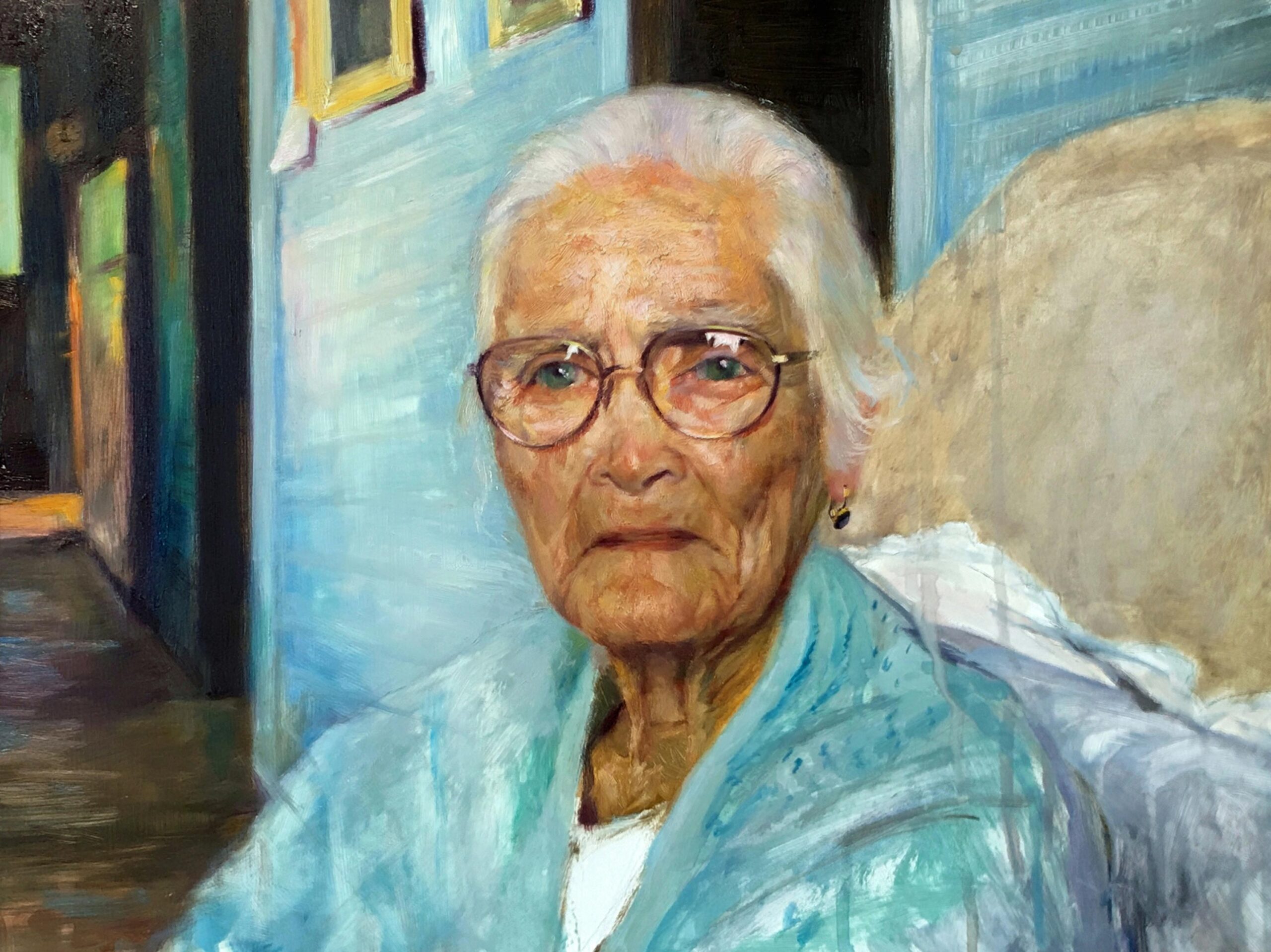
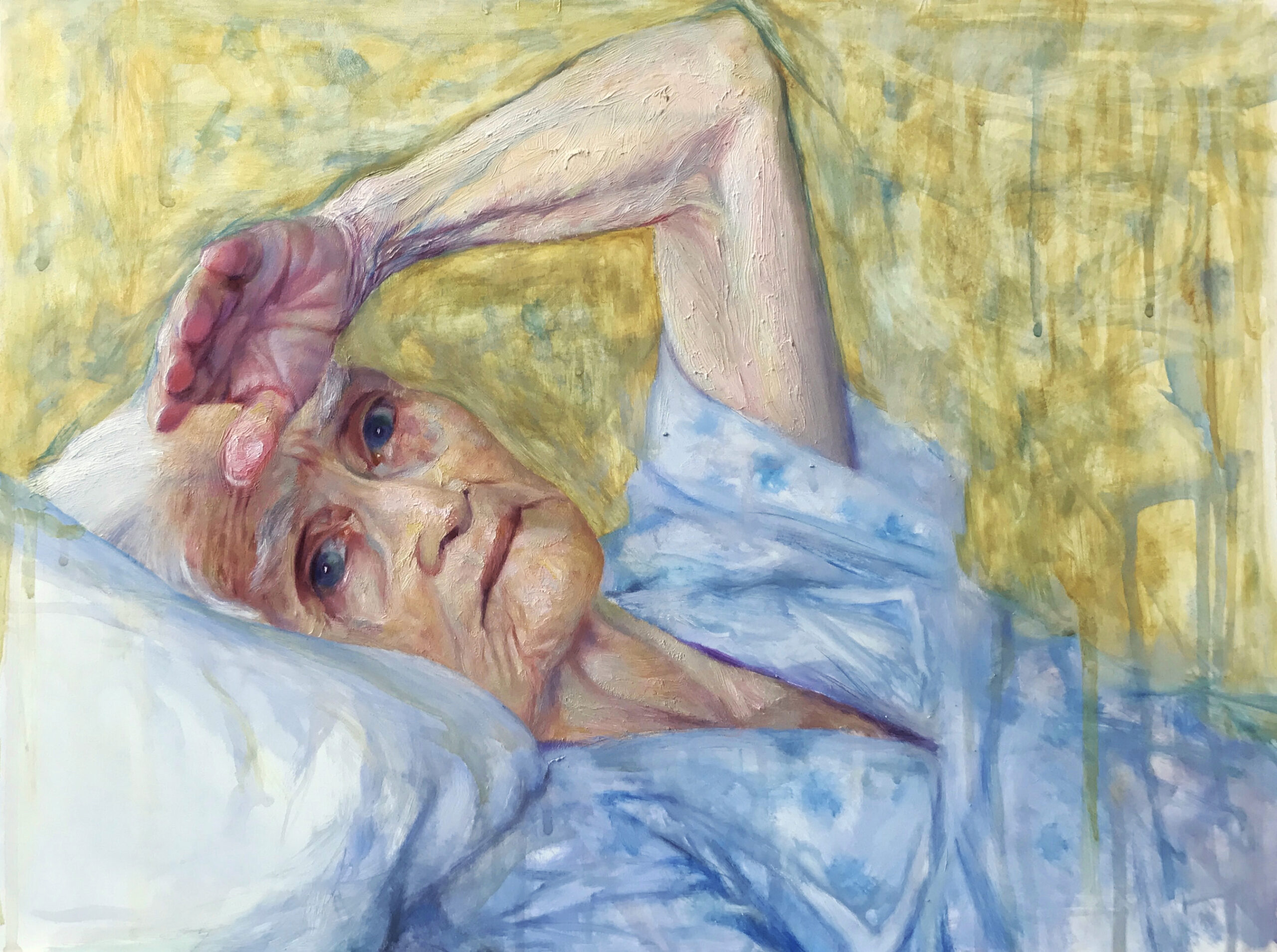
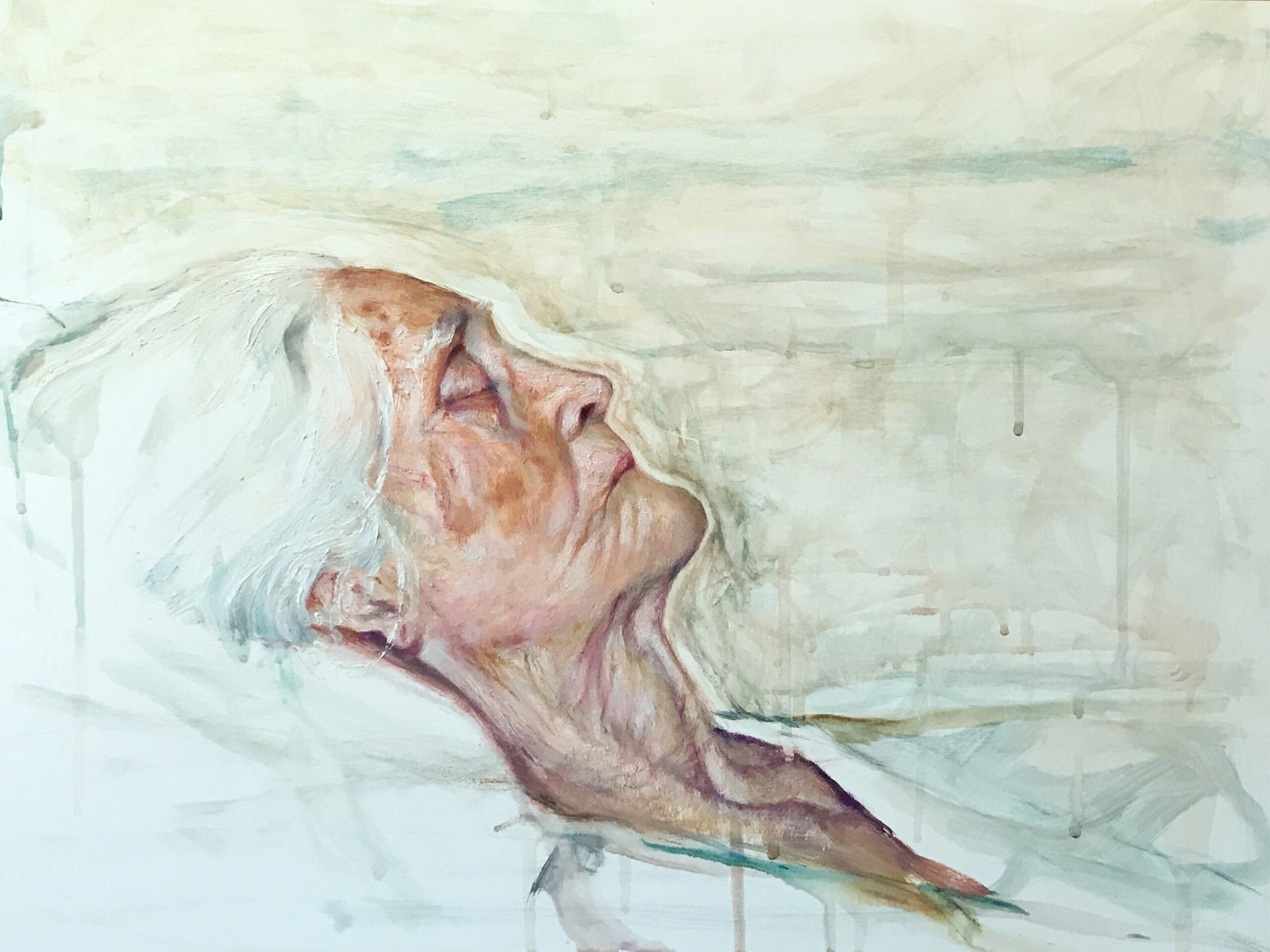
Painting Philip Glass
The can’t-look-away impact of another intense gaze is present in all three depictions of Philip Glass illustrated here. Born in Baltimore in 1937, Glass is the renowned composer of such operas as Einstein on the Beach and film scores as Kundun and The Hours. Sharing an interest in music, Roure and Glass met regularly between 2016 and 2018 so that the painter could create this trio of images. The square-shaped portrait here — with its expressive marks and drips all around the figure — was acquired by the National Portrait Gallery in Washington, D.C., for its permanent collection.
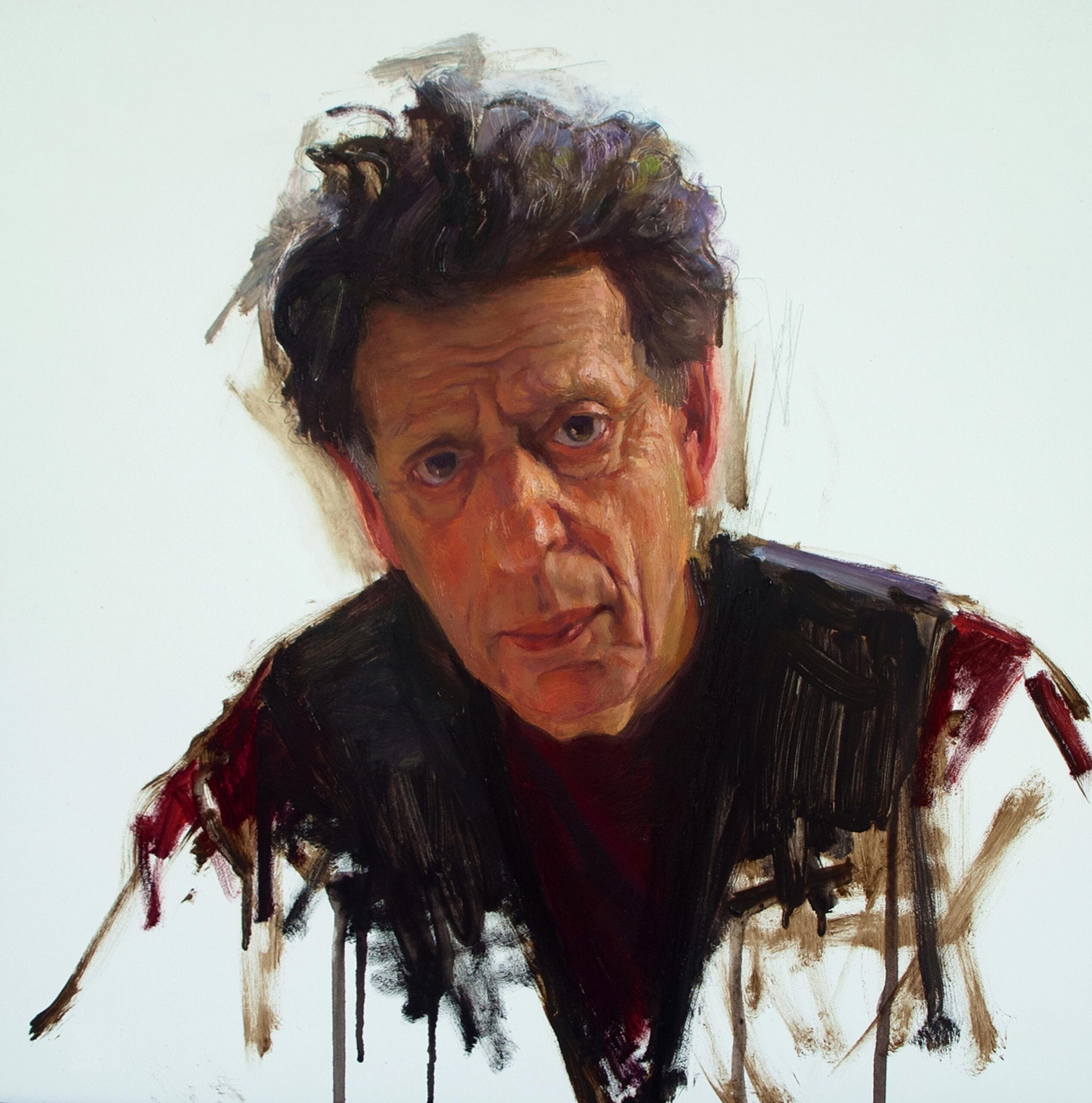
Overjoyed as he was by this honor, Roure already knew the painting was a winner. “Not long after I finished it,” he recalls, “I felt like I had hit the jackpot. I just felt comfortable with every aspect of what I was doing; the picture felt like it was mine. For the first time, I experimented with abstraction in juxtaposition with realism, with different textures ranging from the opacity of lead white to a transparency resembling that of watercolor. I even left pencil marks exposed in many areas.”
Knowing the portrait will be looked after by the Smithsonian Institution forevermore is a thrill for Roure. Its acquisition, he says, “has given me the reassurance to stay on this path. Now when I paint, I become a composer myself: I have the power to subtract or add, to finish or leave unfinished. I am creating an interpretation of my subject, which makes it unique and truly mine.”
Surely no artist can hope for more?
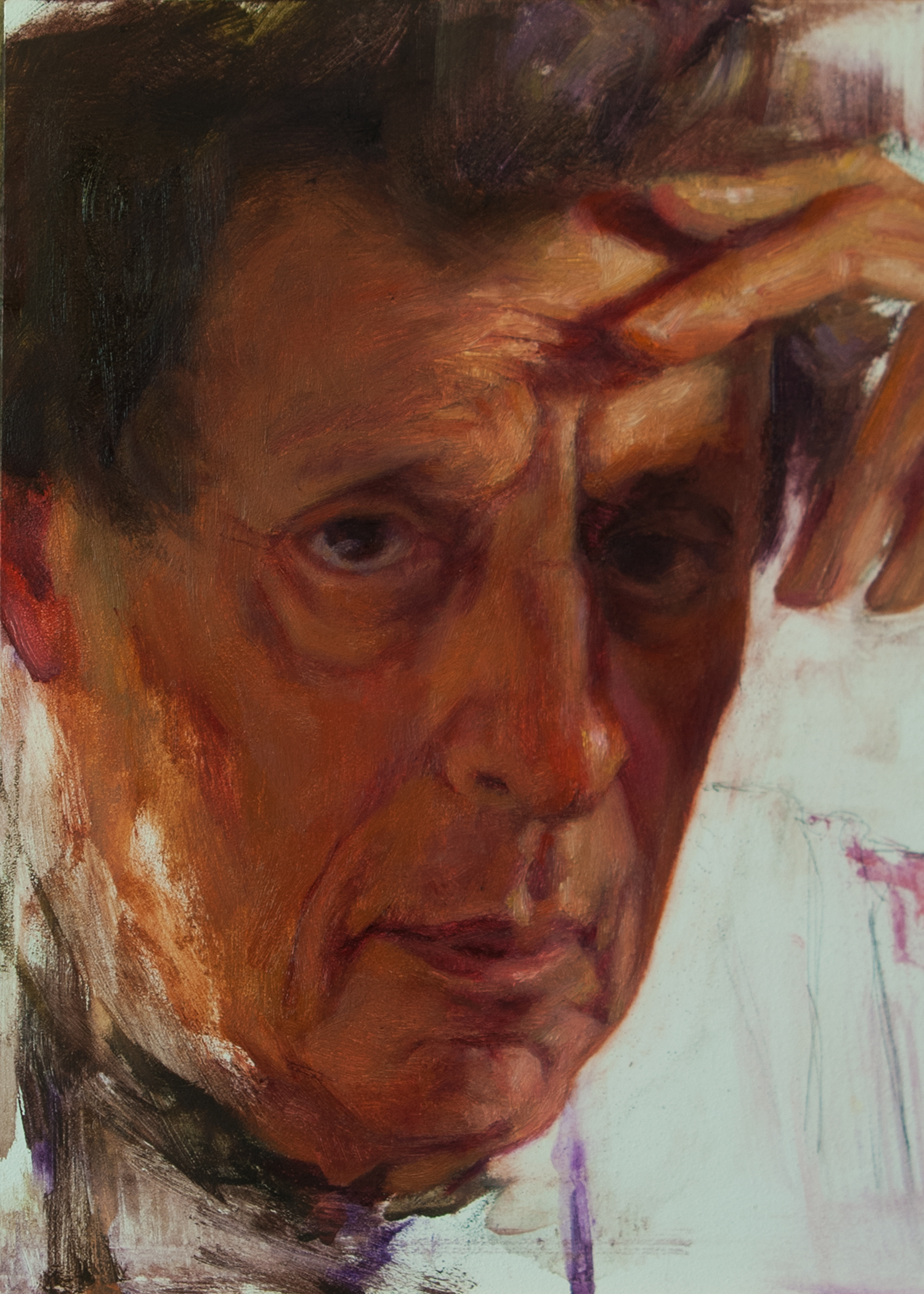
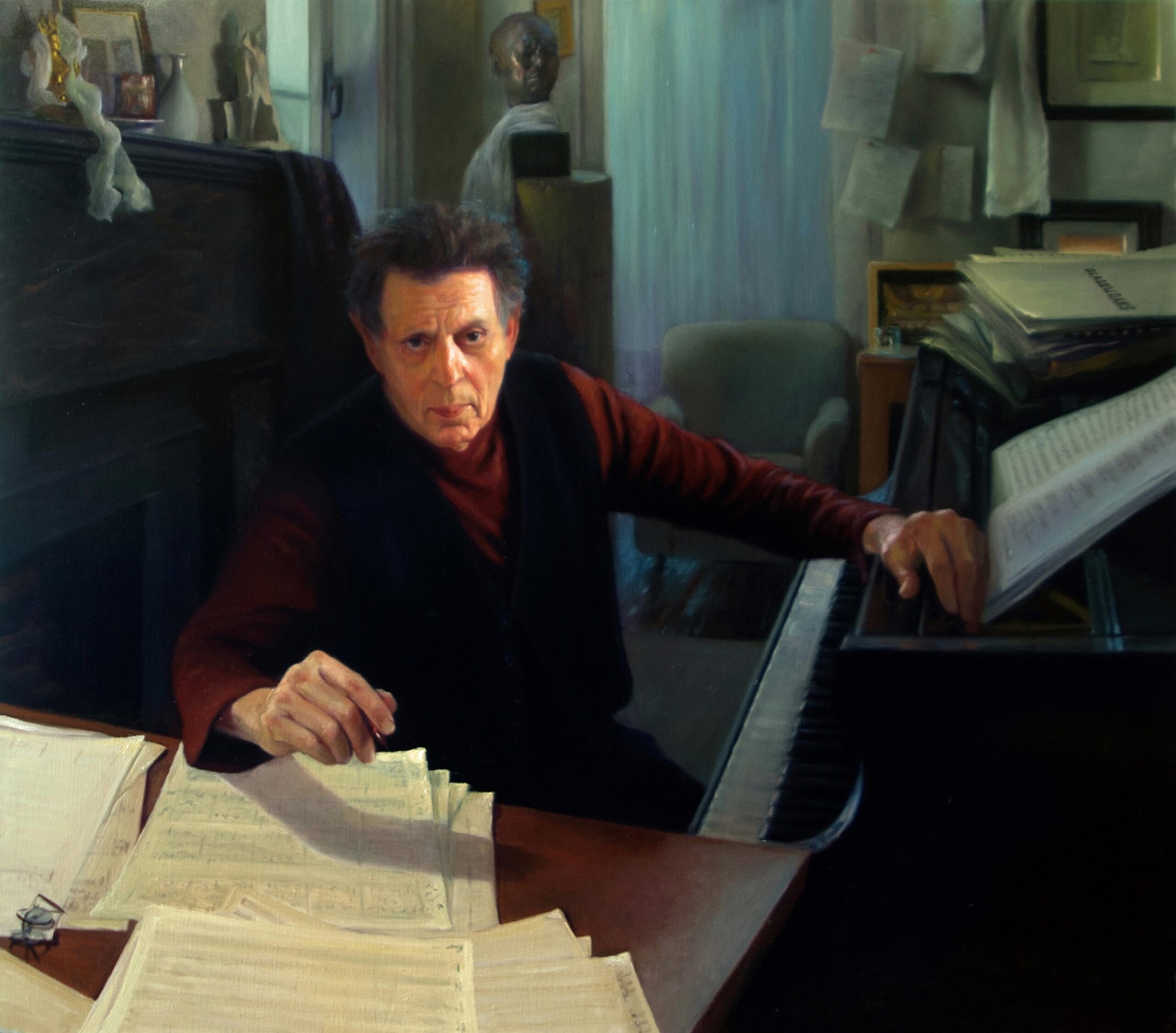
Peter Trippi is editor-in-chief of Fine Art Connoisseur.
Become a Realism Today Ambassador for the chance to see your work featured in our newsletter, on our social media, and on this site.


